OMAD Vs Alternate Day Fasting
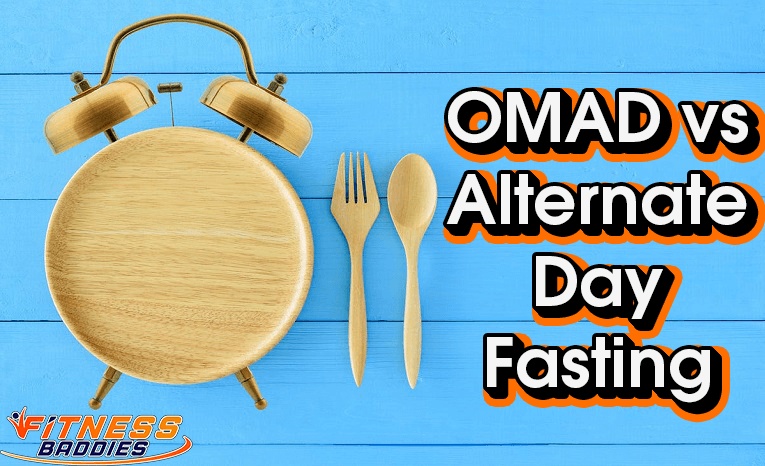
One meal a day (OMAD ) and alternate-day fasting (ADF) are both successful extreme fasting techniques and have yielded results to those who gave them a shot.
Both fasting methods are demanding and not for the faint-hearted; they’ll push you to your absolute limit and make you feel like quitting, but you shouldn’t.
OMAD fasting is commonly known for religious purposes, mainly to strengthen the believer’s faith. However, if you are after weight loss, both methods can help you achieve that. Is there a better method for the two? Can one help you lose weight faster than the other?
Let’s find out:
The Notable Difference Between OMAD And ADF

OMAD allows you to feast only once then fast for 23 hours, while ADF is an alternate between eating and not eating. You will not eat anything for 24 hours, only to eat the following day.
Your preference for the two will depend on your intended goal at the moment. Alternate day fasting may be more effective at promoting weight loss because you won't eat anything for 24 hours. OMAD will stretch you out, and it’s proven to be harder to stick to.
In this case, you can eat anything you would normally eat and more than 500 calories as long as it isn't during your fast days.
It is important to note that your efforts will be useless if you can't follow through with the plan. In other words, if you won't stick to it, you will not achieve your desired goal.
If you want to lose weight, staying consistent is of the utmost importance.
If you cannot maintain a steady diet of ADF, weight loss that can be achieved in months may not be achieved anytime soon.
What Helped Me
In the beginning when I was just getting started with fasting was to use a protein / essentials shake to help me get in the vitamins and nutrients i needed to sustain my fast.
This is just a tip I learned that helped me.
If you plan to use this tip then you want to make sure you get a shake that is not focused on just protein but rather a clean healthy and all around balanced meal type of thing. If that makes sense.
The one that I found to be the best tasting and have the most balanced rich nutrient profile was the Essentials shake from LyfeFuel.
I got this flavor here and have been using it for close to a year now and still loving it. Feel free to try it out if you want to.
OMAD Diet

As mentioned earlier, the OMAD diet involves fasting for 23 hours and then one hour for eating.
One of the sole reasons people engage in the OMAD diet is to aid in weight loss. However, the diet tags along with other added benefits.
One of the most amazing features of OMAD is that it cuts down on food prep time. Preparation of one meal a day is fairly quicker and easier to manage.
As a bonus, fasting for just 23 hours can improve digestive steps and better gut regeneration. Your gut health is important and has a broad range of effects on your life, from how you feel to weight.
How Many Pounds Can I Lose Through The OMAD Diet?

The OMAD diet restricts people to a one-hour meal time each day. But shorter daily eating times are only one of the many approaches to achieving their weight loss goals.
Having one meal daily raises the calorie deficit in the body, propelling weight loss faster through this diet.
While the average person loses an estimated pound a week with other diets, some people have reportedly lost as much as 30 lbs in their first month with OMAD.
Some have even gone on record saying they have lost 3lbs in a week, which is much higher since it would take a month normally to lose that much.
Related Reading; The Best Approach on How to Lose Weight Using a Waist Trainer
After The Diet, Will My Weight Be Off?

Some may say the OMAD diet is extreme, but it is not the case.
If you are looking to lose weight quickly, this diet plan might be for you. Just make sure it will work in your life, and at the same time, you maintain healthy eating habits outside of the fasting program.
Some would call eating only one meal a day an extreme diet. However, one-meal-a-day diets usually help people lose weight, but the rate of obesity may also rise when they stop starving themselves for short periods because their metabolism slows down to adjust to the change.
Why? Well...,
Because metabolism is impacted by many factors, it can increase with exercise, it can decrease by eating less and many other factors.
This means you will gain your weight back the moment you are done with your diet and go back to a normal lifestyle. That's often how you hear people ending up gaining 2 pounds overnight after having made a bit of progress with weight loss.
How do you go about such?
Resuming Normalcy After Omad Diet

To maintain your weight loss results when going back to eating regularly, you must gradually increase your window of time for food as opposed to all at once.
For example, try eating within a four-hour window in your first week, also popularly known as the warrior diet.
I myself like walking after eating, this might not be ideal at first if you are coming back from an OMAD diet but it as you start to slowly going back to your normal diet it might help in maintaining your results
Be aware of your measurements, including weight and size. Avoid unnecessary munching and eating except when hungry, and should be two meals a day at maximum.
If you notice any weight gain during this trial period, be extra careful and further cut down on eating habits, including strictly following the four-hour eating period. After your weight stabilizes, with no increase, you may extend the eating window to six hours, noting the changes as before.
Alternate Day Fasting
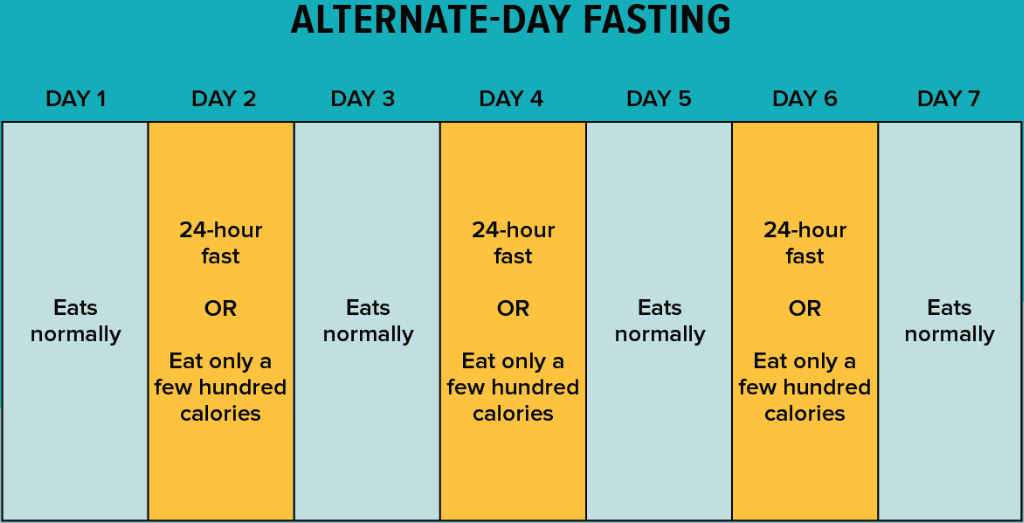
Intermittent fasting comes in various ways including the 16/8 routine to the full 24-hour body fast on specific days weekly.
One commonly preferred diet is the 5:2 where for two nonconsecutive days a week, you are allowed to consume 500 calories with the normal diet being observed the rest of the days.
One way to take up intermittent fasting is 16/8, in which you refrain from eating for sixteen hours and eat during the other eight. This type of fasting is typically thought of as easiest because it offers flexibility in its eating window.
Diets that require fasting for 16 hours and eating 8 times a day often include skipping breakfast or having only black coffee in the morning, then consuming two meals, lunch and dinner.
Alternate-day fasting aims to lose weight without imposing a specific diet. Intermittent fasting simply extends the fasting period we always have when we sleep.
Why Alternate Day Fasting?

One of the significant benefits of alternate day fasting seen outwardly is weight loss, but other benefits occur at a cellular level including autophagy.
Autophagy is the process through which damaged cells and proteins are removed. This helps reduce the risks of infections in chronic diseases.
There is a great deal of research on intermittent fasting, and it has shown different health benefits in every trial.
Intermittent fasting has provided many positive benefits, including improved cognitive function, increased energy levels, better sleeping patterns, and reduced snack cravings.
When Are Results Visible For Alternate Day Fasting?
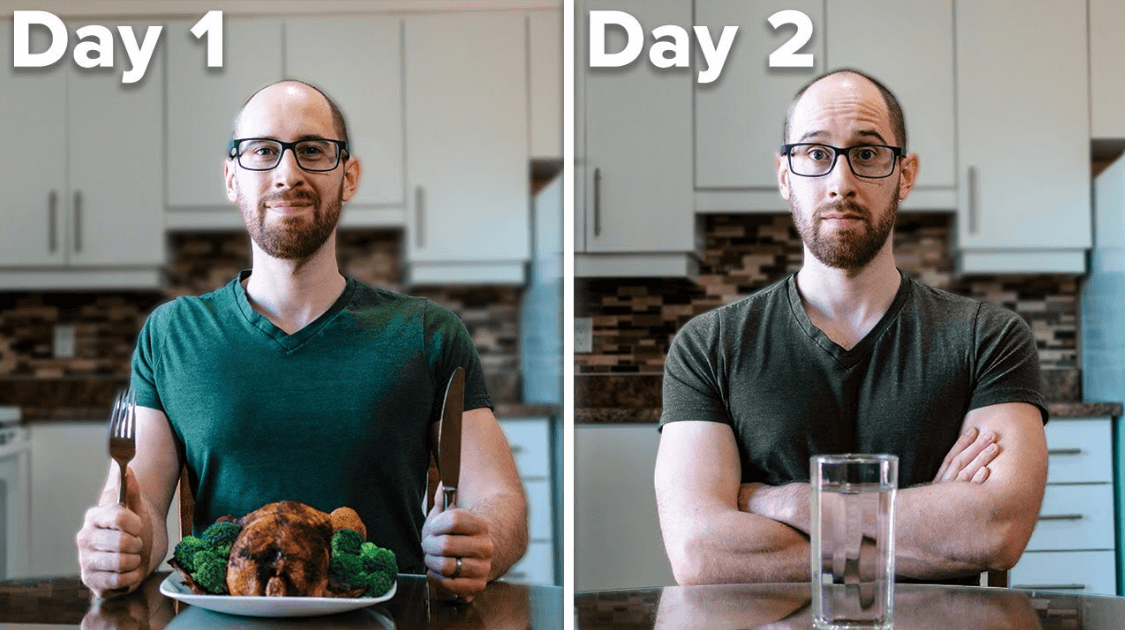
The wait time may vary, but for most people, the weight loss is visible almost immediately. Mostly, 1 -3 pounds are lost as soon as the first week is over.
Other added long-term benefits include drops in blood pressure and cholesterol levels after around 8 weeks.
First-time intermittent fasters should be aware that it will take at least ten days for their body to adjust, especially after going through periods of feeling cranky or low on energy.
After close to 10 days, the cranky feeling or empty stomach ceases, and everything feels just fine.
Resuming Normalcy After Alternate Day Fasting
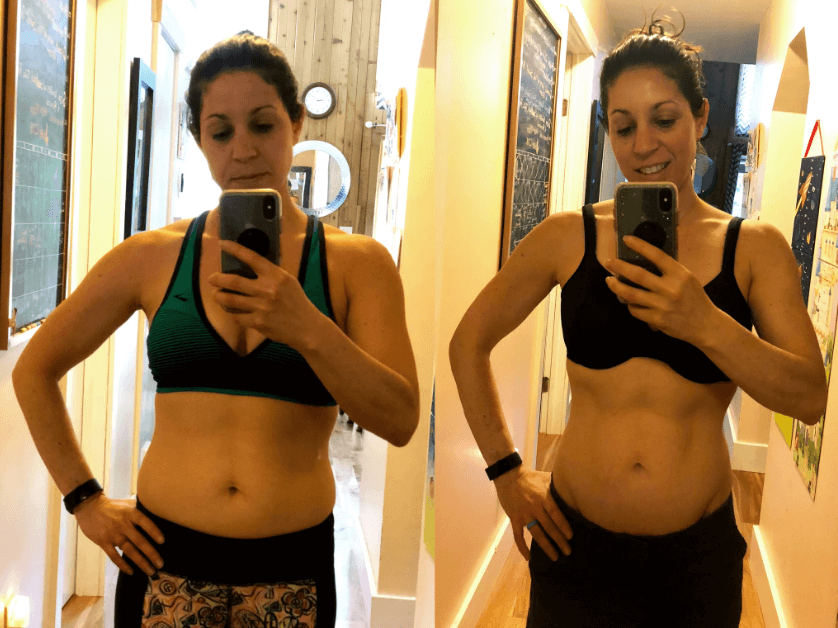
The most important factor in determining the long-term efficacy of an intermittent fasting diet is tailoring it to suit your lifestyle.
For long-term results, it is most important that the person following the fasting diet make this a lifestyle, not merely a one-month thing.
If someone loses weight using alternate-day fasting or dieting, they would have to maintain that loss by constant adherence to the same eating habits. Resumptions to normal eating habits will consequently lead to weight gain.
Related Reading; Have you Been Struggling to Lose Weight? Find out How to Without Exercise and Diet
Takeaways On Alternate Day Fasting
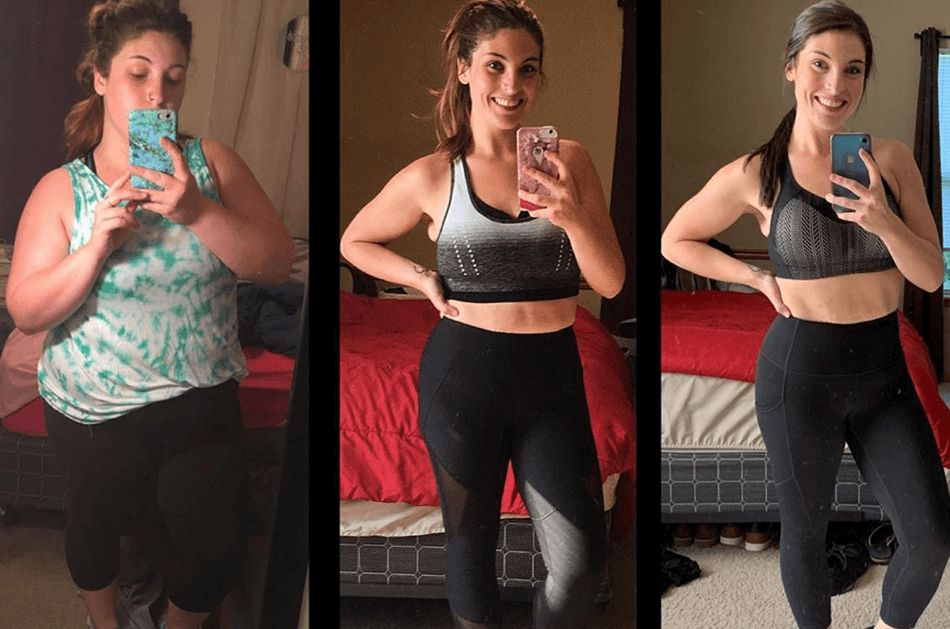
Intermittent fasting may not work for everyone. Some people might use their fasts as an excuse to indulge in unhealthy food.
To see if intermittent fasting can work for you, it's important to recognize your eating patterns before and at the time of the process.
To maintain your health, it is important to practice healthy eating habits. This is where those weight loss apps come in handy - the likes of Lose It!, Samsung Health or MyFitnessPal.
That means eating plenty of vegetables and protein while moderating any excessive carbohydrate intake. You can use protein shakes and different meal replacements alternatives - like Shakeology or Huel or my favorite meal replacement Kachava.
These will allow to enjoy a healthy meal and are really fast to prepare so if you are busy or you don't feel like wasting a lot of time in the kitchen they are prefect for you, you should also measure your physical fitness levels before doing any kind of fasting that way you don't do more harm than good.
When you fast, your only options for beverages are water, unsweetened iced tea, black coffee, or seltzer. Avoid adding milk to black coffee for best results to avoid bloating.
More so, try to limit your seltzer consumption. (Seltzer is water mixed with carbon dioxide. Carbonation can result from adding minerals to boost natural CO2; alternatively, it's been infused with added CO2.)
Drink water. Drink plenty of water as fluids are important in flushing toxins from your body. It is recommended that you drink at least 8 cups of water each day to stay healthy and hydrated.
Consider cutting sugar entirely and avoiding sugary products that produce a lot of waste, such as juices, for instance. A glass of alcohol now and then is okay but not in excessive amounts.
Did you break a day? That’s fine. We try the next day again.
Related reading; The Meal Guide You Need for an Upcoming Road Trip
Conclusion

Whether or not it’s for religious purposes, observing fasting in your routine is a great way to boost your health system apart from having nutritious diets.
Fasting is a practice that can benefit many aspects of one's health, including weight loss, improved brain activity, and blood sugar control.
At the onset, like adapting to any other major lifestyle, it will not be as easy but with it, the body gradually adjusts and it gets easier progressively.
Whether it's OMAD or alternate-day fasting you ought to give fasting a shot to reap the benefits discussed above. If in doubt, it’s good to consult with your doctor.
Related Readings;
- How Many Calories Do Jumping Jacks Burn?
- Can Stretching Make You Taller? Myth or Reality?
- Running for Weight Gain
- Cardio After Workouts
- How to Lose Weight Using Recumbent Bike
- How to Get Abs in 2 Weeks for Guys


